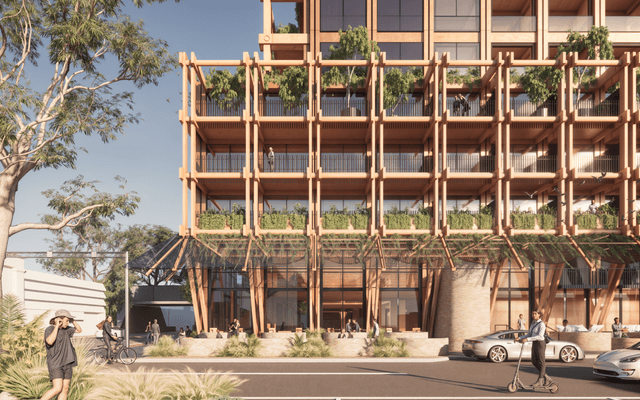This article is from the Australian Property Journal archive
SYDNEY’S new rail network is pushing up residential prices and population growth in suburbs along the Metro line, shaping work patterns and retail choices.
According to new data from CBRE and PropTrack, suburbs along Sydney’s Metro line have experienced a 49% increase in capital value over the last 10 years, outperforming comparative suburbs by 5% on average.
Sameer Chopra, Pacific head of research at CBRE, has labelled the trend a “metro-fication”, as work patterns and retail decisions are shaped around Sydney’s new railway stations.
Some suburbs are seen even broader gaps, with the Metro line suburb, Castle Hill, seeing value growth of 72% compared to 49% in the non-Metro suburb of Baulkham Hills.
Or Metro line suburb, Crows Nest, has seen value growth of 70% compared to 62% growth in Cammeray.
A recent CBRE report also showed that the population along the train line has grown by 23% over the same period or almost twice that of suburbs further out.
“By 2030, Sydney will have a network of four Metro lines, 46 stations and 113km of new Metro rail,” said Chopra.
“We’ve already seen early evidence of this driving higher residential price growth and we see this outperformance increasing once the next stage is completed, with shorter commute times being a key driver.”
For example, a journey from Macquarie Park to Barangaroo will be cut down from 53 minutes to 18 minutes and the commute from Pitt Street to Bankstown from 1 hour and 20 minutes to 30 minutes.
“The enhanced accessibility provided by the Metro, potential for additional infrastructure development, increased demand and possibilities for rezoning have all contributed to an overall increase in dwelling values,” said Anne Flaherty, economist at REA Group.
“Our data highlights that nearly half of the residents in near-Metro suburbs live in apartments, double the rate of residents in suburbs further out.
Almost half of the population living near-Metro suburbs are residing in apartments, which is double the rate of those living further out.
“We also found that 45% of residents in suburbs along the Metro line stations are Gen Z and Gen Y, 5% higher than in suburbs slightly further out,” said Chopra.
“And these near-Metro suburbs have 12 cafes per 10,000 residents, compared to eight for every 10,000 residents in suburbs further away.”




